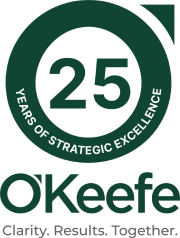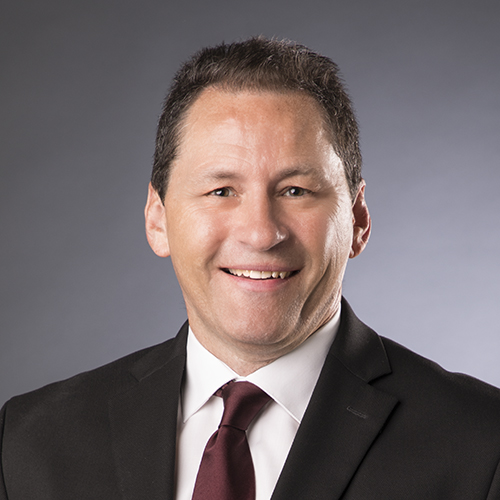Forefront | Blog
College Enrollment Decline
Declining student enrollment along with economic uncertainty and inflation has put many colleges and universities in financial jeopardy. Nationwide, the percentage of high school graduates that went straight to college has dropped from a high of 70% in 2016 to 63% in 2020. In Michigan, only 53% of high school graduates went straight to college in 2022 compared to 65% in 2016.
So, what are some of the reasons for the downward trend? Continued rising college costs creates an affordability problem. For the 2022-2023 school year, tuition, fees, room, and board averaged $53,430 at a four-year private college and $23,250 at a four-year, in-state public college. There has been increasing skepticism among Americans about the value of a degree with only 40% of high school students think education beyond high school is necessary.
Elite colleges and universities with large endowments have been able to attract applicants by offering financial aid to lower the cost and increasing the appeal to more students nationwide. But smaller, less selective private colleges and those serving low- and middle-income students have been hit the hardest. They have struggled with attracting applicants as students opt for less expensive public schools or alternatives to a four-year degree. The declines in tuition revenue, state funding, and endowments have taken a toll on cash strapped colleges and universities, putting them in financial jeopardy. We have witnessed the recent closings of long established one hundred plus year-old institutions nationwide including Finlandia University in Hancock, Michigan. As revenues continue to decrease and costs continue to increase, schools will struggle with more colleges closing. Currently, there are 250 institutions that are on the watch list.

















